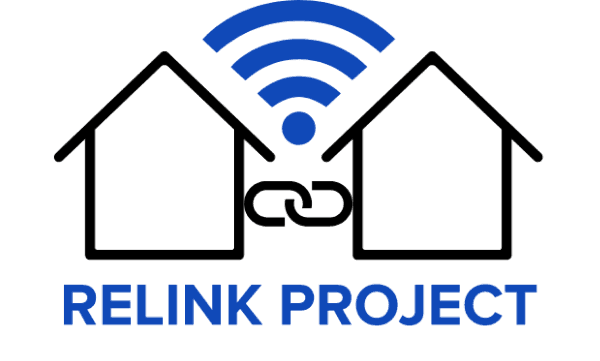




Creative analysis of smart
home technology from a
privacy perspective
2023.
Tørseth, T.
Menendez, S. Sørlie, L.I.S.
Alkemark, A. T. Karlsen, M.R.
Findings
From the survey, users identified unauthorized third-party data sharing, constant device listening, and data collection without clear consent as major concerns. These issues are exacerbated by complex terms and conditions, which deter users from understanding their privacy implications.
The survey also found that ‘awareness’ varies by age, with older users expressing more concern about data collection and privacy risks, while younger users showed lower engagement with terms and conditions. The focus group findings aligned with survey results, highlighting that many users prioritize functionality over privacy.
The video (seen below) demonstrated the setup and data collection processes, revealing complex information that is often inaccessible to general users. This tool underscored the need for simpler, more transparent communication from SPA providers regarding data practices.
Recommendations
Privacy Education: Increase user awareness of potential privacy risks through accessible educational materials, such as simplified guides and interactive videos, to bridge the knowledge gap about data collection practices.
Improved Transparency: SPA’s should clearly communicate data practices and offer user-friendly consent mechanisms. Simplifying privacy policies and highlighting user-control options can empower users to make informed decisions.
Broader Demographic Research: Future studies should include a more diverse participant pool especially in focus groups and surveys, to better understand privacy perceptions across different demographics.
Take a look at the full project here!
